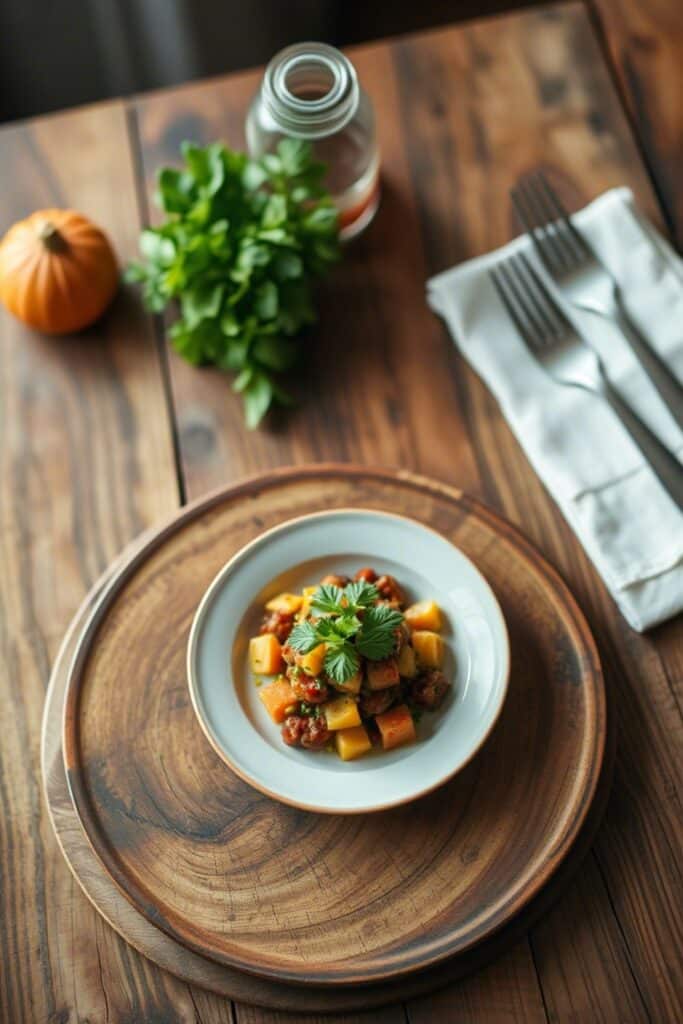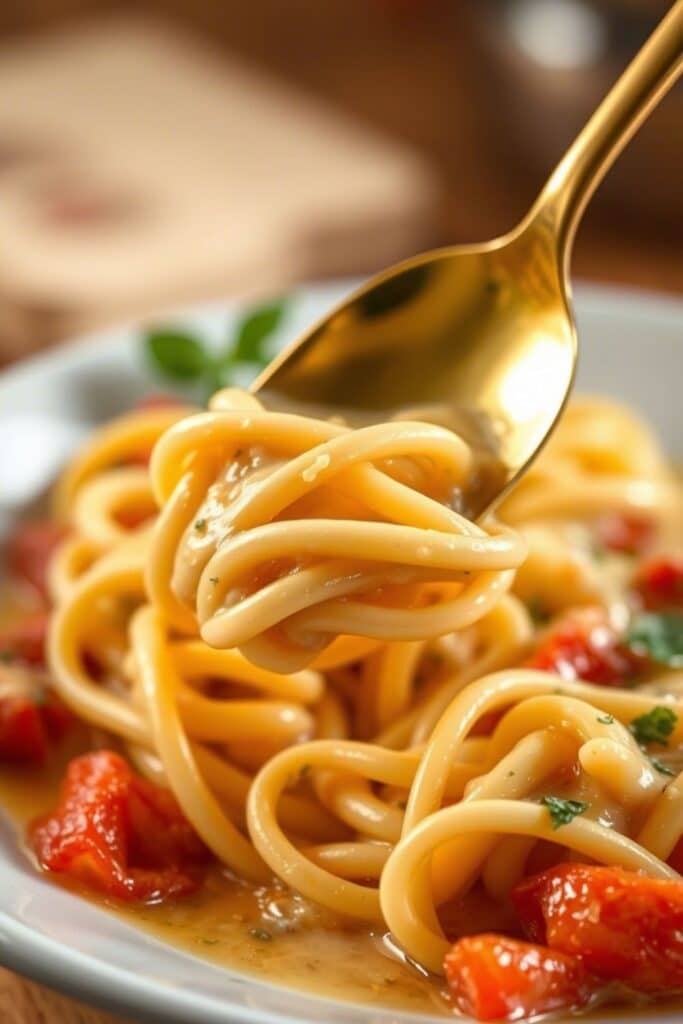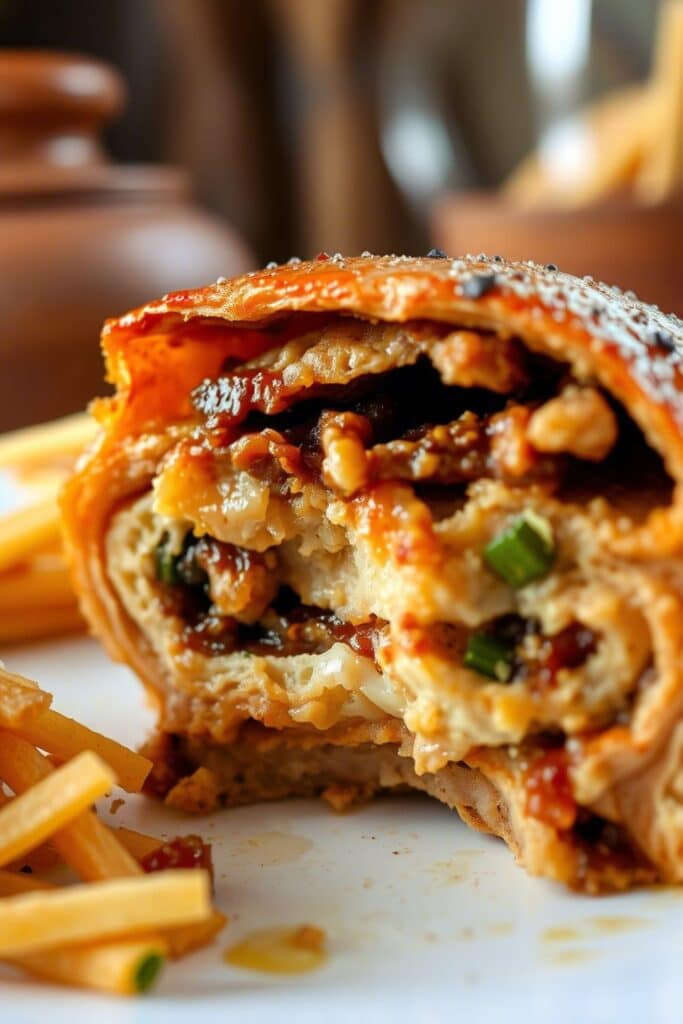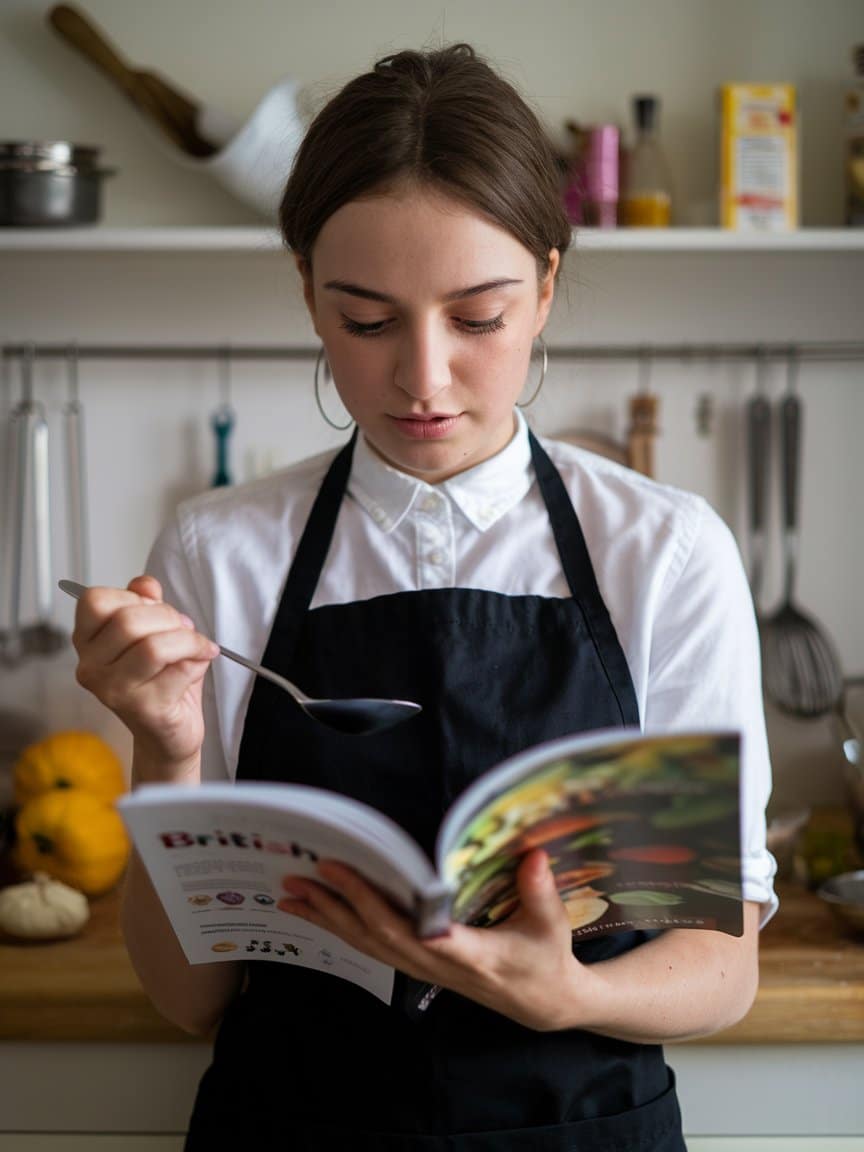Anyone who’s ever stood over a pot, patiently waiting for it to hit a rolling boil knows that the art of achieving that perfect boil is trickier than it sounds. You might be familiar with the phrase, but what does it really mean to roll a boil? How can you control it to achieve the perfect simmer, boil, or rapid boil for various cooking tasks? You’re about to dive into the fine art of mastering the rolling boil and discovering why it matters. Let’s get this water boiling right.
What’s a Rolling Boil, Anyway?
A rolling boil happens when the water reaches its highest boiling point, and the bubbles continuously and aggressively rise to the surface. It’s not just a gentle simmer with a few bubbles popping up; it’s the kind of boil that can’t be ignored.
The water bubbles, roils, and churns, often with steam rising in full force. It’s an essential cooking technique, often needed for everything from cooking pasta to blanching vegetables, and yes, even for making stocks and broths. Knowing how to achieve it will elevate your cooking game.
The boiling point of water is 100°C (212°F) at sea level, but it’s not just the temperature you’re concerned with. You want to achieve that relentless, churning action that allows your food to cook quickly, uniformly, and perfectly.
The first step to achieving a rolling boil is to understand heat control and pot management. Let’s face it—if you’ve ever set your water on the stove and walked away, only to come back to a messy pot of splattered water or an undercooked meal, you’ve learned the importance of paying attention. Here’s how you can master this:
Achieving the Perfect Rolling Boil: The Basics

- Choose the Right Pot: I can’t stress this enough. The pot you use has a huge impact on the time it takes to get your water to boil and how evenly it heats. If you’re using a thin pot, like a cheap aluminum one, heat will distribute unevenly. For the best results, opt for thicker pots, preferably those made of stainless steel or enameled cast iron.
- Start with Cold Water: Fill your pot with cold, fresh tap water. It might seem insignificant, but starting from cold gives you better control over the heat progression.
- High Heat is Your Friend: Crank up that burner! Medium-high to high heat is typically what you need to push the water to a boil quickly. Patience, my friend, but don’t walk away just yet.
- Watch for Signs of Boiling: Before you see that rolling boil, there’s a stage where bubbles start to form along the edges. The water will start making tiny, rapid bubbles near the sides of the pot. Don’t mistake this for a rolling boil, though. You need a steady churn of bubbles across the entire surface.
- The Rolling Boil: Once the bubbles rise in an unstoppable fury, you’ve hit the rolling boil. The water is moving like a mini ocean in that pot. It’s time to throw your pasta in, drop in those veggies, or do whatever it is you’re ready to cook.
Tips for Maintaining and Controlling a Rolling Boil
- Avoid Overcrowding the Pot: If you’re cooking pasta or blanching vegetables, don’t crowd the pot. Too much food can drop the temperature, and you’ll end up with something that’s barely boiling. Think about it—if you throw in too many potatoes, your water will drop below the boiling point and take too long to recover. That’s the fastest way to end up with unevenly cooked food.
- Lid On or Off?: If you’re trying to reach a boil quickly, keeping the lid on can speed things up. However, once the water is boiling, don’t cover the pot—this can cause it to boil over and make a mess.
- Be Aware of Altitude: If you’re at high altitude, the boiling point of water is lower, so it will take longer for your water to boil, and the water temperature won’t be as hot as it would be at sea level. Keep an eye on it.
Ingredients & Substitutions
When achieving a rolling boil, you’re often working with ingredients that require fast cooking at high temperatures. Here’s a rundown of typical ingredients and potential substitutes based on dietary needs:
- Pasta: Most standard pasta works fine in a rolling boil. If you need gluten-free options, consider rice noodles or gluten-free pasta made from corn or quinoa flour. These tend to cook a bit faster, so keep an eye on them once they hit the boil.
- Vegetables: Some vegetables, like green beans or broccoli, require a good rolling boil to properly blanch. If you’re avoiding carbs, skip the potato and go for more fibrous vegetables like cauliflower or zucchini. These veggies hold up well to high heat.
- Herbs: Fresh herbs will lose their flavor if boiled for too long, so toss them in at the tail end of a rolling boil. For example, basil or parsley should be added at the end of cooking to preserve their vibrant flavor.
Common Mistakes to Avoid

Achieving the perfect rolling boil isn’t as straightforward as turning the heat to high. There are a few common mistakes that often lead to frustration:
- Not Watching the Pot: This one’s easy to miss, but if you’re not keeping an eye on your water as it heats up, it’s easy to let it boil over or burn. Trust me, it happens to the best of us. Stay close.
- Using the Wrong Size Pot: If the pot is too small for the amount of food you’re boiling, you’ll overcrowd it and the water won’t maintain that beautiful rolling boil.
- Throwing Food in Too Early: Throwing pasta into water that isn’t fully boiling can result in mushy, unevenly cooked pasta. Wait for that intense rolling boil before you add your food.
- Not Stirring When Needed: For things like pasta, you’ll want to stir occasionally to prevent clumping. Once the pasta hits the rolling boil, it can stick together if left unattended.
The Science Behind a Rolling Boil

When you add heat to water, the molecules begin moving faster, and the temperature rises. Once the water hits 100°C (212°F), it starts to boil. The rolling boil is essentially the boiling point amplified. The water moves with relentless, violent force, creating bubbles that rise and pop. It’s this movement that helps cook food rapidly, like pasta, which needs high heat for perfect texture.
The reason why high heat is key is that boiling water cooks food quickly, and this can preserve the flavor, nutrients, and texture of the ingredients. If you’re making stocks or broths, the rolling boil helps to release flavors quickly into the water, allowing them to meld together.
Serving & Pairing Suggestions
Once your rolling boil has done its job, you’re in prime territory to create culinary magic. Here are some serving tips:
- Pasta: Toss your perfectly cooked pasta in a rich sauce, like marinara or a creamy Alfredo. A sprinkling of parmesan, fresh basil, and a drizzle of olive oil can turn a simple dish into something spectacular.
- Blanched Vegetables: For something light, serve blanched vegetables like green beans or asparagus with a squeeze of lemon juice and a drizzle of olive oil. You can also make a quick side salad to complement these.
- Paired Drinks: A glass of crisp white wine, like Sauvignon Blanc, pairs beautifully with pasta or veggie dishes. If you’re looking for something heartier, a robust red like Cabernet Sauvignon works wonders with a meaty pasta.
Conclusion
Mastering the rolling boil is one of those basic techniques that will dramatically improve your cooking. It’s the foundation for many dishes, from pasta to vegetables, stocks to soups. Whether you’re a professional chef or a home cook, perfecting this process will elevate your dishes and save you time. Remember, the perfect rolling boil comes down to control—pot selection, heat management, and attention to detail.
Frequently Asked Questions?
Can I use a lid to speed up the boiling process?
Yes, you can. Covering your pot can help the water heat up faster, but be sure to remove the lid once it reaches a rolling boil to avoid spillover.
What’s the difference between a simmer and a rolling boil?
A simmer is when the water has small bubbles forming on the surface and gently moving. A rolling boil is when the water is rapidly churning with large bubbles popping all over the surface.
How do I know when my pasta is perfectly cooked?
Once your pasta has been in the boiling water for the suggested time, test it by biting a piece. It should be tender yet firm to the bite, not mushy.
Why does my water take so long to boil?
If you’re using a large pot or cooking at a high altitude, the water will take longer to boil. Make sure you’re using enough heat and that your pot is the right size for the amount of water.
Can I boil water without a lid?
Yes, you can, but it will take longer to reach a boil. If you’re in a rush, use a lid to speed things up.

Veronica is a passionate food enthusiast with over three years of experience in exploring and writing about diverse cuisines. Her expertise lies in reviewing restaurants, sharing creative recipes, and discovering the latest food trends. As the voice behind FoodieRecap.com, Anju brings fresh perspectives and culinary insights to her audience.
